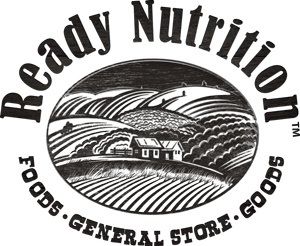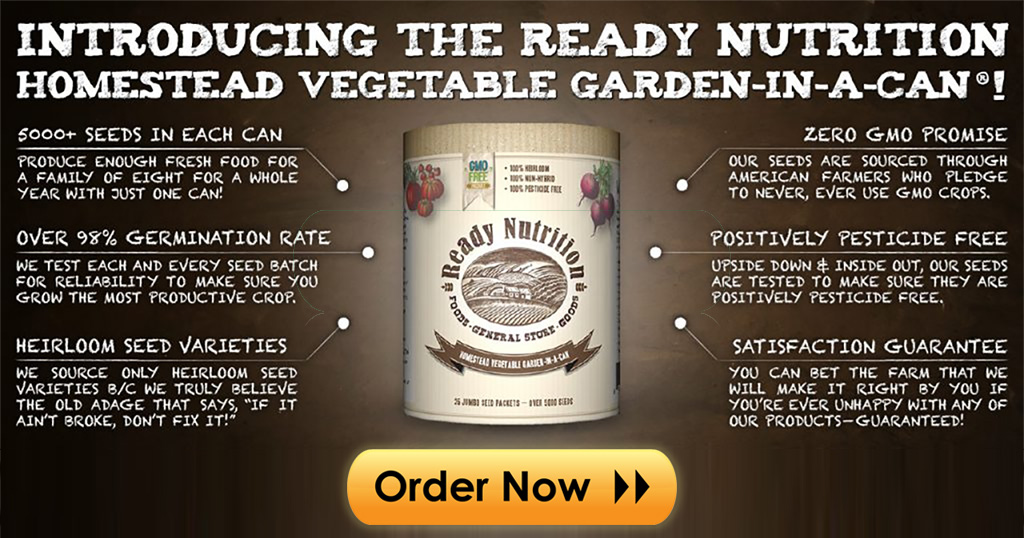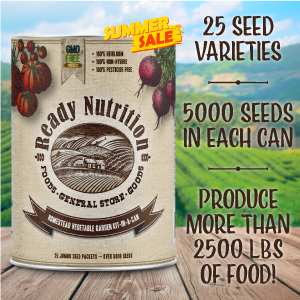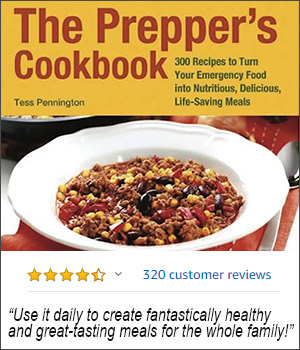
The forest floor is something to truly marvel at. It is an intricate system of organisms and plants, all interconnected and dependent upon the other to thrive. The tree that once stood so tall, sits on the forest floor where moss and mushrooms grow on it, yet is also a home to a mound of ants. Once decomposed, the tree will become part of the earth again to create more trees to grow. The forest biome seems to be a giant recycling system. Because of the health of the soil, none of the beauty could grow and thrive.
Soil is a natural resource and without it, there would be no plants, no crops, no animals. Would it be too much to say that we would cease to exist without the presence of rich soil to grow our food?
According to the Soil Science Society of America, “Soil is not dirt. It is a complex mix of ingredients: minerals, air, water, and organic matter – countless organisms and the decaying remains of once living things. Soil is made of life. Soil makes life. And soil is life. We want to keep and protect soil.”
7 Facts About Soil You Didn’t Know:
- Soil is living.
- There are more than 70,000 types of soil in the United States.
- One tablespoon of soil has more organisms in it than people on Earth.
- The very best China dishes are made from soil.
- It takes more than 500 years to form one inch of topsoil.
- Nearly all antibiotics used to fight our infections are obtained from fungus found in soil.
- In one gram of soil, there are over 5,000 different types of bacteria.
Source
Creating Living Soil
Utilizing the way the forest creates soil could be the secret to growing healthy plants. Of course, this is not a new concept. In fact, forest farming has been around for hundreds of years, and has recently become a new way to grow high value crops such as wheat in a natural thriving environment. The basic premise is the better condition of the soil, the healthier and more productive the plant will be. In order for plants to grow to their optimum capacity, they need nine different nutrients present in the soil. While most of these elements and nutrients are naturally found in soil, sometimes they can become depleted and need to be added to keep the soil healthy. The nutrients found in soil are below in addition to natural additions that can be made to improve the soil:
- Carbon – found in air and water
- Hydrogen – found in air and water
- Oxygen – found in air and water
- Nitrogen – blood meal, fish emulsion, manure
- Phosphorus – bone meal, rock phosphate, superphosphate
- Potassium – greensand, mutriate or sulfate of potash, seaweed, wood ashes
- Calcium – gypsum, limestone, oyster shells, slag
- Magnesium – dolomite, magnesium sulfate (Epsom salt)
- Sulfur – sulfur, superphosphate
No Till Gardening
No till gardening, sheet composting, or lasagna gardening is a gardening method that builds the soil on top of already existing soil. More notably, it does not disturb the existing soil, but only enhances it by adding layers. Essentially, before plants are planted into the ground, a miniature compost pile is layered beneath to decay over time and supply the plants with needed nutrients once the root systems grow. This is a very efficient method (because it works with the natural decomposition process already in nature) to gardening, builds the soil to create a welcoming environment for friendly insects such as earthworms, as well as creates a living soil that will benefit your plants or vegetables. No till gardening works with nature instead of against it. This type of gardening enriches the soil composition that earth worms and beneficial insects prefer, thus creating a healthy habitat as a result. Finding items that are around your home now to use as sheet mulch is an efficient way to de-clutter and put something otherwise laying around, to use. Think of composting materials that are normally put in the compost areas. Items such as:
- Newspaper
- Manure
- Hay
- Vegetable/Fruit peels
- Coffee grounds
- Yard waste – grass clippings, leaves, pine needles, plant cuttings, etc.
In the article, A Guide to Creating a No-Till Garden, the author provides an in depth recipe for creating this type of garden:
Here are more specific recommendations of layers you might add after the newspaper. First, lay down four to six inches of grass clippings and leaves. If possible, shred the material to help prevent matting. Next, broadcast or dust the leaves and clippings with a light layer of soil amendments such as lime, greensand, and rock dust. You might also layer comfrey and dandelion leaves here, as they are both bioaccumulators that concentrate nutrients from the soil in their leaves, and will release these nutrients back into the soil as they decompose. Because both dandelion and comfrey sprout easily from small sections of root, however, be sure to use only their leaves. Finally, add a layer of animal bedding and top it with straw. Enjoy the winter as your new garden bed fertilizes and builds itself. In the spring, you should be able to plant starts directly into the mulch after brushing aside the straw. To sow seeds, you may have to add a thin layer of compost in order to achieve the best consistency for germination.
Viable soil is the key to a successful harvest. Investing your time into ensuring the soil is healthy is a wise investment on your part, and surely an investment where you will indeed reap what you sow. Allowing the natural decomposition process to take place, allows nature to do the work and prevents you from breaking your back. This method allows you to make better use of your time/energy yield, helps recycle trash, creates a healthy earth worm environment, and supplies plants with essential vitamins and minerals when they need it. In the book, The Vegetable Gardener’s Bible, the author begins his chapter on soil with a few words of wisdom, “Folk wisdom has it that a poor gardener grows weeds, a good gardener grows vegetables, and a very good gardener grows soil.”
For recipes to make soil, click here
Additional sources for soil:
http://www.agroforestry.net/pubs/Sheet_Mulching.html
http://journeytoforever.org/farm_library/howardSH/SHtoc.html
This article was originally published at Ready Nutrition™ on October 22nd, 2010







Tess,
Great article! You hit on a lot of important points without making it too complicated. The other day we posted a piece about testing your soil which a lot of people probably don’t think about doing. Anyway, I am going to share this article-it should be very helpful to beginning gardeners.
Gabions / river mattresses / rockfall / avalanche protection / landscape gardening / road construction / underground and hydraulic engineering